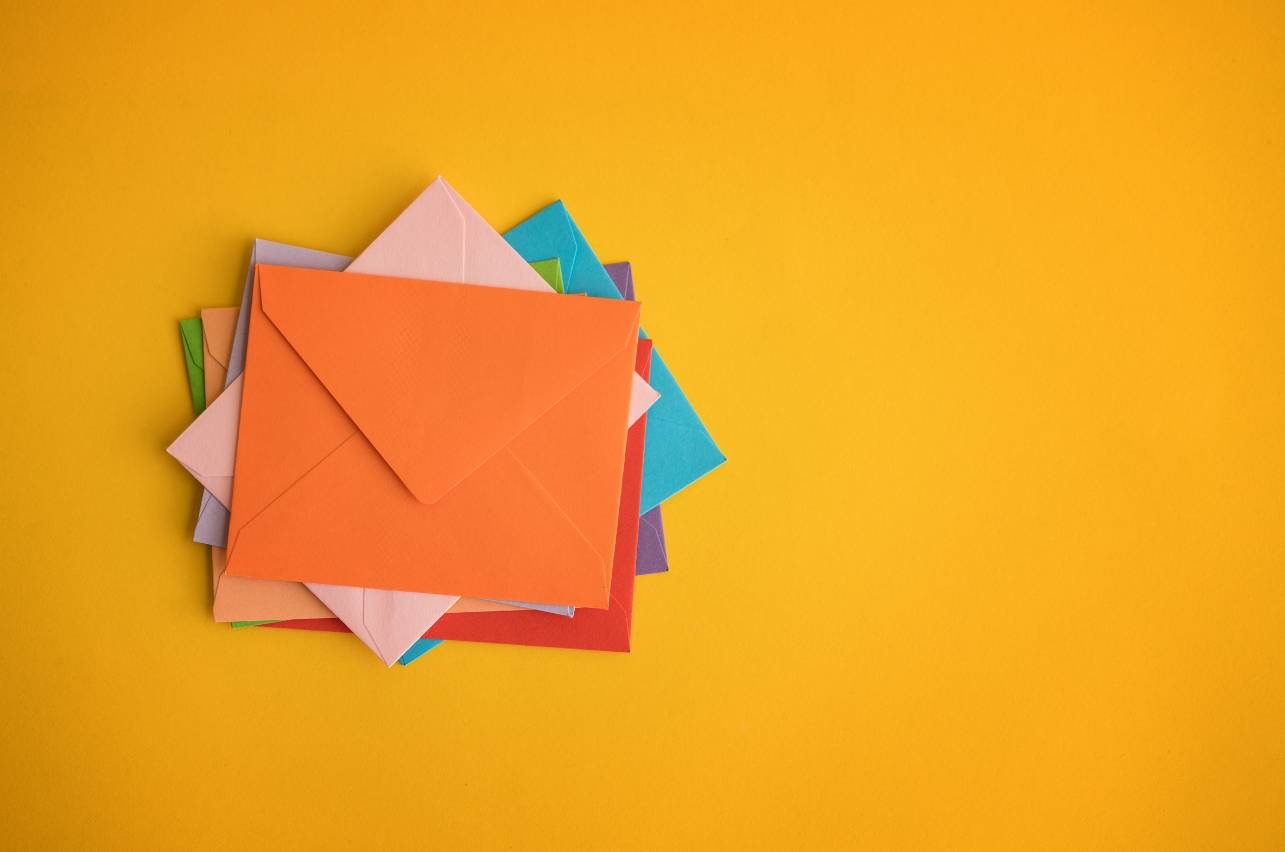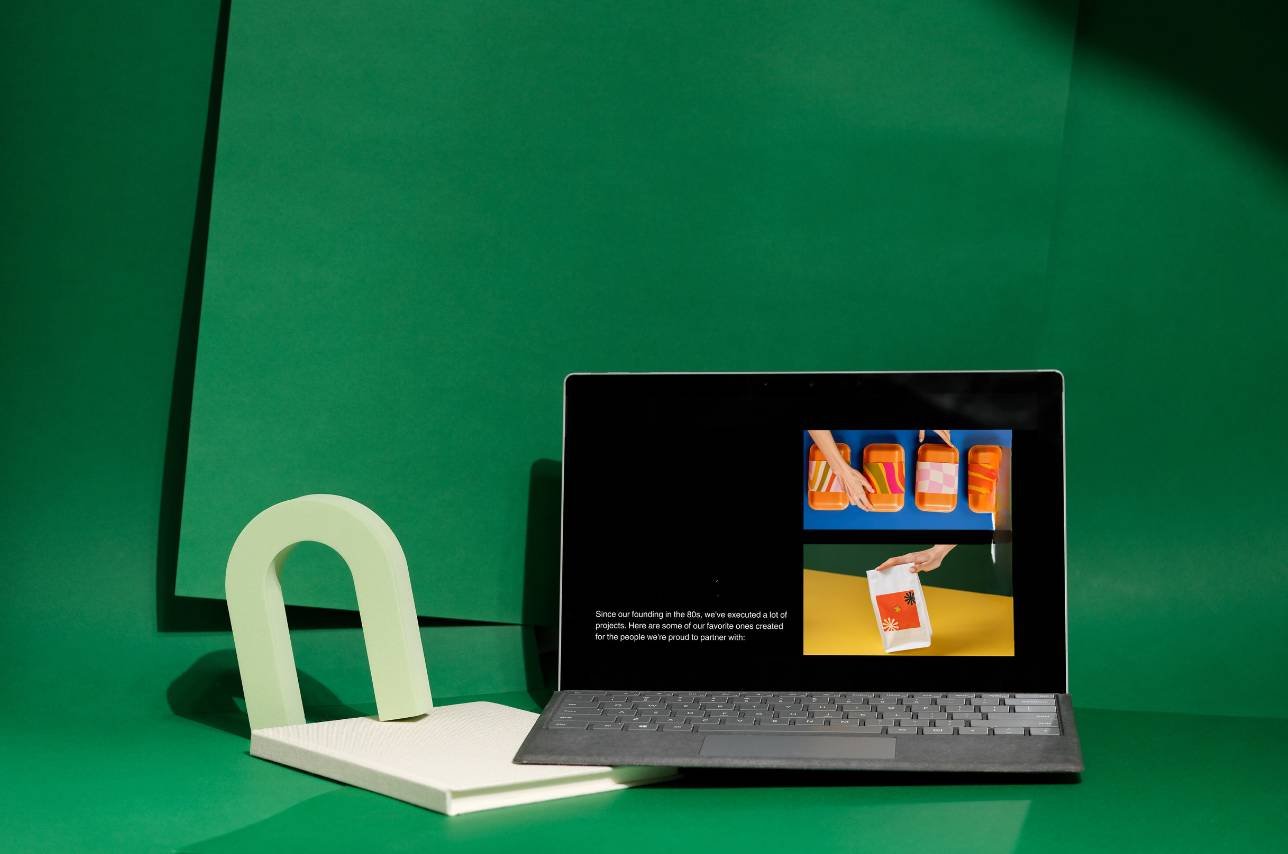In today’s fast-paced digital landscape, marketers face an undeniable challenge: you have only 8 seconds to grab someone’s attention before they move on. That’s right—8 seconds! With that in mind, it’s crucial to understand how to make the most of every word, especially regarding email marketing.
According to research, only a fraction of your email content is consumed by your audience. On average, recipients read just 37 to 200 words of an email. For anyone investing time and effort into crafting the perfect email, that’s a hard truth to swallow. But it’s also an opportunity to sharpen your focus and ensure every word counts.
Let’s explore how to ensure your emails are read, digested, and acted upon without losing your reader in those critical eight seconds.
How Do People Read Emails?
A Nielsen Norman Group eye-tracking study offers valuable insights into email consumption habits:
- 69% of readers skim
- 19% read thoroughly
- 6% read every word
- 6% barely glance
This paints a clear picture: most of your readers are skimming, and only a small portion fully engage with your content. In a world where attention spans are shrinking, your email has a minimal window to make an impact.
Strategies to Optimize Your Email for Skim Readers
To cater to skim readers and ensure they catch your key points, here are some tried-and-tested strategies:
- Use Lists for Easy Reading
Bullet points and numbered lists make your content scannable. They allow readers to digest information quickly, especially on the go.
- Keep Paragraphs Short
Stick to 2-4 sentences per paragraph. Varying sentence length adds rhythm and keeps the reader engaged. Lengthy blocks of text will overwhelm and likely cause your reader to hit “delete.”
- Mobile-First Design
Design your email for mobile-first with a single-column layout. With more people reading emails on their smartphones, a responsive design ensures your message looks good and is easy to navigate across all devices.
- Incorporate Visual Breaks
Icons, lines, or small images can break up your text and give your reader’s eyes a rest. These visual cues also guide the reader through your email, making it easier for them to pick out important points.
- Use Contrast and Consistent Colors
Use color contrast for headings or highlighted points to draw attention to your key messages. However, be consistent with your color palette to avoid confusing or overwhelming your reader.
- Leverage Font Size for Hierarchy
Establish a clear hierarchy using varied font sizes for headings, subheadings, and body text. This directs readers’ eyes to the most critical information first.
- Prioritize White Space
More white space makes your email feel less cluttered. It creates breathing room for your content, helping your reader focus on the message without feeling overwhelmed.
Bonus Tip: Align Text to the Left
In languages read from left to right (like English), readers naturally scan from the top-left first. Aligning your crucial content to the left ensures it’s seen immediately, especially in multi-column layouts.
Why These Tactics Matter
Implementing these strategies is crucial because they cater to how people consume content. If your emails are hard to read or messy, they’ll quickly be ignored. On the flip side, emails designed with skimming in mind are more likely to be read and acted upon.
In the short-attention-span economy, it’s not just about the words you use—it’s about how you present them. By structuring your emails for easy digestion, focusing on visual appeal, and creating clear content hierarchies, you can ensure your message doesn’t get lost in the noise.
Key Takeaways: Simple but Effective Email Optimization
- Use lists and bullet points for scan ability
- Stick to short, varied-length paragraphs
- Prioritize mobile-first, single-column layouts
- Break up text with visual elements
- Use consistent colors and varied font sizes for a clear hierarchy
- Maximize white space for readability






